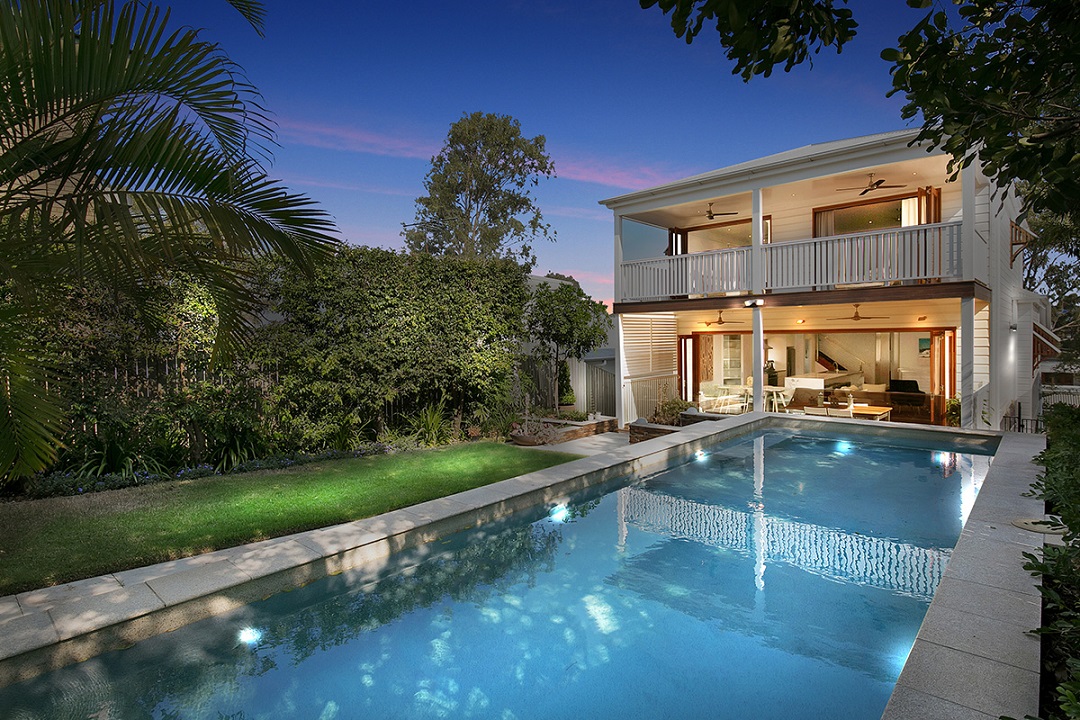Almost 600,000 homes have changed hands across Australia over the past year, which is a 40% increase on a year ago and 25% above the 20-year average, according to CoreLogic data.
The biggest increases have occurred in Western Australia and the Northern Territory, which were weak markets for a few years before COVID-19 and are now catching up. Sales are up about 60%.
The number of Queensland sales has also soared by 54% due to the highest level of interstate migration into the Sunshine State in 16 years, primarily from Sydney and Melbourne.
Sales are so high because the pandemic has inspired so many people to upgrade their homes and lifestyles. Historically low home loan rates along with very high household savings because we’re not travelling or holidaying have facilitated this trend across the entire national market.
We explore this extraordinary population shift in our newly released McGrath Report 2022.
Whilst the inner suburbs of metropolitan markets (especially the bigger cities) will remain entrenched at the top end of the market, proximity to the city is becoming less valuable for many over lifestyle.
This is because many people have now found that their daily trek in and out of the city is no longer necessary, courtesy of telecommuting, and many have decided to move to their dream location now rather than waiting until they retire.
Fringe areas are already huge beneficiaries, as many inner city dwellers eye off the enviable lifestyle available 20-30km further afield in areas where value for money compares favourably with the trendy inner urban environment for young families and empty nesters alike.
The same can be said for lifestyle locations (read treechange and seachange) within two hours of major hubs.
I think the biggest question people have today is why is the market performing so strongly, despite being in the midst of one of the greatest social and economic challenges in recorded history?
As counter-intuitive as that reality seems, there’s little doubt that most markets around Australia are experiencing very positive conditions, which have lifted most values to record highs.
So, what are the drivers behind this surge? I think the elements that are buoying this market are several layers deep and include economic factors as well as strong human elements.
Let’s look at what I believe are the top four drivers:
1. Record low interest rates.
We have never seen money so cheap to borrow in this country and it’s looking like the current low rates are here to stay for years to come. Globally, interest rates are locking-in at these levels for at least five years, so first home buyers, upgraders and investors are taking advantage of them.
2. Comfort and safety
Whether it’s upgrading their current home or buying an investment property, most Australians seek the comfort and safety of bricks and mortar in difficult times. So, the sleep-at-night factor that property delivers combined with the aforementioned cheap money has driven millions of Australians to invest or invest further in residential property.
3. Low stock levels
Low stock means demand is far outstripping available supply. Until we see a return to a more normalised level of properties for sale, we will continue to see overweight demand pushing prices higher.
Even with record high prices, many sellers are fearful of getting out of the market before their next destination is found. So, with everyone waiting for their dream home to come along before they go to market, we find ourselves in an unusually low listing environment.
4. Fear of missing out (FOMO)
When a share market or property market runs like this, we usually see a large amount of FOMO engulfing society, meaning, “if everyone else is buying or upgrading their home then I should too” – fearing they may miss out on the gold rush.
Our new McGrath Report includes my top suburb picks for Sydney, Melbourne, Brisbane, Canberra and some regional areas of the East Coast. To check them out, download the McGrath Report 2022.




